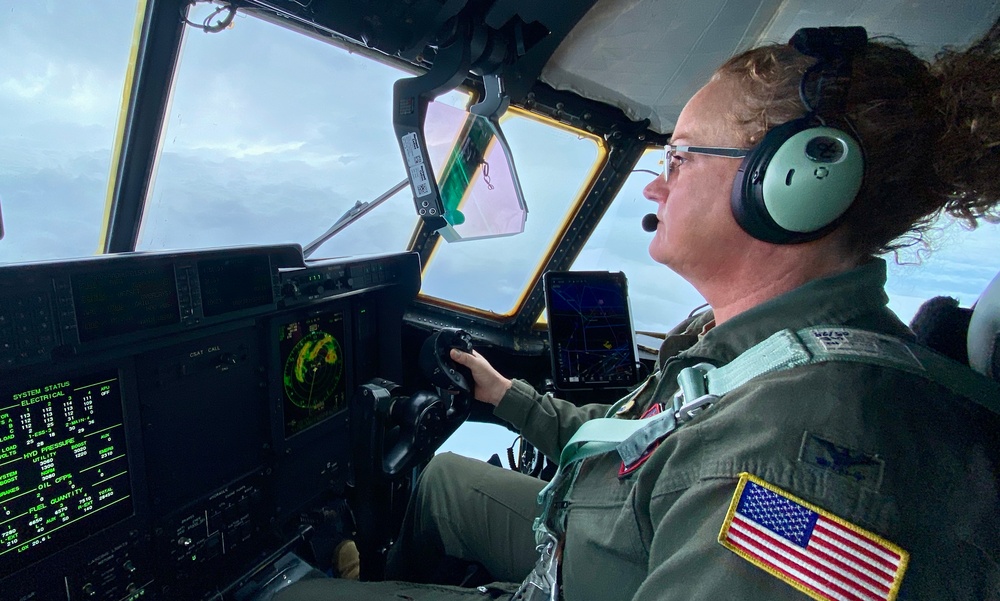DVIDS – News – Mobile District & NOAA deploy data-collection buoy
MOBILE, Ala. – The U.S. Army Corps of Engineers, Mobile District Mississippi Coastal Improvement Program (MsCIP), and National Oceanic and Atmospheric Administration (NOAA) had a problem.
NOAA deploys two Real-Time Currents and Meteorological Buoys (CURBY) at least once a year to ensure everything works while maintaining their skills in case of an emergency.
In Mobile, the MsCIP team needed field data for coastal modeling for its Coast-wide Beach and Dune Restoration Project in Jackson County, Mississippi.
Enter Richard Allen, USACE Mobile District Hydrologic Data Collection Unit team lead, to marry the two sides together as the Mobile District and NOAA launched a buoy in Biloxi Bay near Ocean Springs, Mississippi, on Oct. 25, 2023.
The buoy deployment helped both sides get what they needed.
“The NOAA buoy is being deployed to collect field data that will be utilized in coastal modeling,” said Valerie Morrow, USACE Mobile District Coastal Resiliency technical lead. “Mobile District will benefit from this approach because it is cheaper than other data collection alternatives, the data collected is higher quality than other alternatives, and the ability to mobilize the buoy is quicker than other alternatives.”
For NOAA, deploying the buoy gave them the training and testing needed for optimal operation.
The Mobile District supported the buoy by launching it from its boats, allowing NOAA to practice using a “vessel of opportunity.”
Grace Gray, NOAA Center for Operational Oceanographic Products and Services, said it was the perfect opportunity for her team to get real-world training and help a partner agency.
“In addition to using this opportunity to hone our deployment skills and test the equipment, we wanted to exercise the scenario in which a partner agency requests the use of a CURBY, to work out some of the administrative aspects with environmental compliance and reimbursement for buoy components before we’re in a time-sensitive situation. This was also an opportunity to deploy the buoy from someone else’s vessel. So the more opportunities to practice on other vessels, the better.”
The project element that the buoy deployment will benefit is beach and dune improvements to approximately four miles of the existing mainland coast within Jackson County, Mississippi. These improvements include constructing a 60-foot-wide vegetated dune field approximately 50 feet from any existing seawalls.
These beach and dune areas are critical to nesting and resting shorebirds such as the State listed least tern and the threatened piping plover. In addition to the ecological benefits, the dunes would provide incidental coastal storm risk management benefits, particularly during more frequent lower-intensity coastal storm events. In accordance with the provisions of the Water Resources Development Act (WRDA) 1986, as amended, cost-sharing would be 65 percent Federal and 35 percent non-Federal funding.
Allen said the buoy deployment was a success.
“Joint operations between NOAA and USACE resulted in a successful deployment of the CURBY,” Allen said. “The buoy began collecting data immediately. This data is being transmitted in real-time to NOAA servers and made available for USACE project team members to support the hydrodynamic modeling and design. The buoy is expected to remain onsite for 90 days, at which time NOAA and USACE will recover the buoy.”
| Date Taken: | 10.27.2023 |
| Date Posted: | 10.27.2023 14:15 |
| Story ID: | 456691 |
| Location: | MOBILE, AL, US |
| Web Views: | 7 |
| Downloads: | 0 |
PUBLIC DOMAIN
This work, Mobile District & NOAA deploy data-collection buoy, by Charles Walker, identified by DVIDS, must comply with the restrictions shown on https://www.dvidshub.net/about/copyright.


 Private Internet Access gives you unparalleled access to thousands
of next-gen servers in over 83 countries and each US state. Your
VPN experience will always be fast, smooth, and reliable.
Private Internet Access gives you unparalleled access to thousands
of next-gen servers in over 83 countries and each US state. Your
VPN experience will always be fast, smooth, and reliable.
